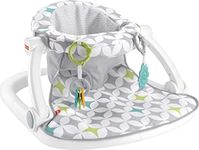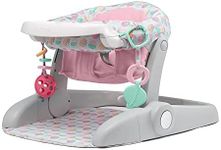Buying Guide for the Best Baby Floor Seats
Choosing a baby floor seat is an important decision for parents who want to provide a safe and comfortable place for their baby to sit, play, and observe the world. The right floor seat can help your baby develop sitting skills and give you a hands-free moment, but it's important to consider your baby's age, developmental stage, and how you plan to use the seat. Always prioritize safety and comfort, and think about where and how often you'll use the seat—whether at home, while traveling, or for feeding.Age and Weight RangeThis specification tells you the minimum and maximum age or weight for which the seat is designed. It's important because using a seat outside of these limits can be unsafe or uncomfortable for your baby. Seats for younger babies usually offer more support, while those for older babies may allow more movement. Check your baby's current age and weight, and choose a seat that fits within the recommended range to ensure both safety and proper support.
Support and PaddingSupport and padding refer to how well the seat holds your baby upright and how comfortable it is. Good support is crucial for babies who are still learning to sit, as it helps prevent slouching or tipping over. Padding adds comfort, especially for longer sitting sessions. If your baby is just starting to sit, look for seats with higher backs and more structured support. For babies who can sit up well, a seat with less support and more freedom of movement may be suitable.
Safety FeaturesSafety features include things like harnesses, non-slip bases, and sturdy construction. These are important to prevent your baby from falling or tipping over. Some seats have a three-point or five-point harness, while others rely on the seat's shape for security. If your baby is very active or you plan to use the seat on different surfaces, prioritize models with harnesses and non-slip bases. Always supervise your baby while in the seat, regardless of the safety features.
Portability and Ease of CleaningPortability refers to how easy it is to move or transport the seat, while ease of cleaning is about how simple it is to keep the seat hygienic. If you plan to use the seat in different rooms or take it on trips, look for lightweight, compact designs. For cleaning, seats with removable, washable covers or smooth surfaces that can be wiped down are best, especially if you’ll use the seat for feeding or snacks.
Additional FeaturesSome baby floor seats come with extra features like attached trays, toys, or adjustable parts. These can add convenience or entertainment for your baby. Trays are useful for feeding or playtime, while toys can keep your baby engaged. Consider whether you want these extras based on how you plan to use the seat—if you want a simple seat for short periods, you may not need them, but for longer use or feeding, they can be helpful.

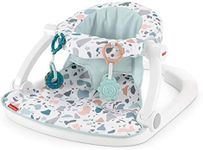


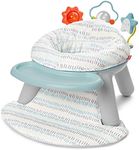
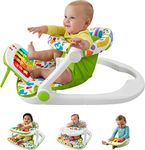
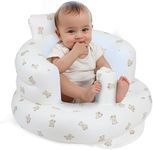
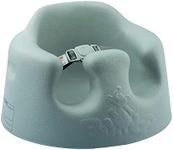


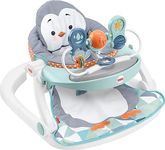

![Fisher-Price Sit-Me-Up Floor Seat, Honeycomb [Amazon Exclusive], 1 Count (Pack of 1)](https://images-proxy.bestreviews.guide/J4JB57QJuSLN6ZIG4qI4xAPnaJI=/0x150/https://m.media-amazon.com/images/I/51bA+n6Ks9L._AC_CX679_.jpg)
